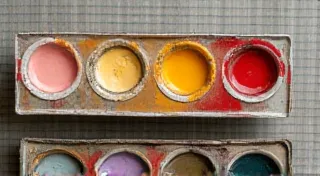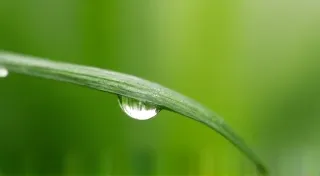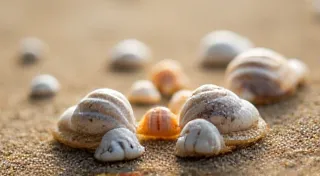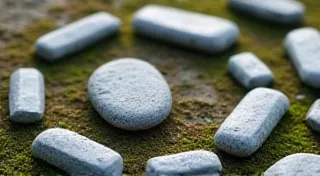The Seed of Renewal: Germinating an Herbal Garden for Your Pet's Wellness
There's a quiet beauty in witnessing something return to life. It's a sentiment that echoes powerfully in two seemingly disparate worlds: the restoration of an antique accordion and the cultivation of a garden brimming with herbs for your beloved pet. Both involve careful tending, a reverence for history, and the deep satisfaction of nurturing something back to its inherent vibrancy. Just as a bellows, silenced by time, can once again breathe music, so too can a tiny seed, coaxed from dormancy, blossom into a healing leaf for your furry companion.
I remember the first time I felt this connection. My grandfather, a master accordion repairman, would spend hours hunched over his workbench, meticulously cleaning, lubricating, and replacing worn parts. The scent of aged wood, leather, and a faint trace of beeswax permeated his workshop - a comforting aroma that defined my childhood. He’s often spoken of the incredible craftsmanship, the ingenuity involved in constructing these instruments, the sheer artistry. Each button, each key, represented countless hours of dedication. It wasn't just about fixing an accordion; it was about preserving a legacy, a piece of history. Later, I started experimenting with growing chamomile for my dog, Pip. The process felt remarkably similar – a careful nurturing, a respect for the natural world, and the quiet joy of witnessing life flourish.

Why Grow Herbs for Your Pet?
While commercial pet products abound, there’s a growing awareness of the benefits of natural remedies. Just as we seek out organic, whole foods for ourselves, many pet owners are exploring herbal solutions to support their pet’s well-being. Growing your own herbs ensures you know exactly what’s going into your pet’s tea or remedy. It's a sustainable and rewarding practice, offering a deeper connection to nature and a profound sense of control over your pet’s health.
Think about it. For centuries, humans have relied on plants for healing. Our ancestors observed animals instinctively seeking out specific plants to soothe discomfort or boost their immunity. We’re merely rediscovering what they already knew. And, unlike some commercial pet products, growing your own herbs allows you to avoid potentially harmful additives and preservatives. Understanding how to best incorporate herbs across different life stages, from puppyhood to senior years, can be incredibly rewarding - a journey explored in greater detail in A Pet’s Chronology: Integrating Herbal Remedies Across Life Stages.
Safe Herbs for Dogs, Cats, and Rabbits: A Beginner’s Guide
It’s absolutely crucial to understand that not all herbs are safe for pets. Some can be toxic, causing serious health problems. Research is paramount! Always consult with a veterinarian or qualified veterinary herbalist before introducing any new herbs into your pet's diet or treatment plan. What’s beneficial for one animal may be harmful to another, and sensitivities vary greatly.
Here’s a brief overview of some commonly used and relatively safe herbs for each type of pet. Please note: this is not an exhaustive list, and individual reactions can vary.
Dogs:
- Chamomile: Calming, soothing for digestion.
- Calendula: Anti-inflammatory, good for skin conditions.
- Dandelion (leaves and roots): Rich in vitamins and minerals, supports liver function.
- Ginger: Aids digestion, reduces nausea.
- Rosemary: Supports circulation, can help with joint pain.
- Catnip: (Use sparingly – it's a stimulant for many cats.)
- Valerian Root: Calming, can help with anxiety. (Use cautiously, as it can have a stimulating effect on some cats.)
- Borage: (Seeds only) Rich in Omega-6 fatty acids, beneficial for skin and coat.
- Chamomile: (In very small amounts, for calming effects.)
- Dandelion (leaves): Excellent source of vitamins and minerals.
- Chamomile: Calming, digestive aid.
- Peppermint: Digestive aid, can freshen breath (use sparingly).
- Lemon Balm: Calming, antiviral properties.
Starting Your Herbal Garden: From Seed to Brew
You don's need a sprawling estate to cultivate a pet-friendly herb garden. A sunny windowsill, a balcony, or even a few containers on a patio can suffice. Consider the space you have available and the amount of sunlight your area receives. Most herbs thrive in well-drained soil and full sun (at least 6 hours of direct sunlight per day).
Starting from Seed: Seeds can be started indoors a few weeks before the last expected frost. Use a seed-starting mix and keep the soil consistently moist. Once the seedlings have developed a few sets of true leaves, they can be transplanted outdoors.
Purchasing Seedlings: This is a quicker and easier option, especially for beginners. Look for healthy seedlings at your local nursery. Acclimate them to outdoor conditions gradually (hardening off) before planting them in their permanent location.
Harvesting & Drying: Harvest herbs when they’re at their peak flavor and potency. Cut stems in the morning after the dew has dried. To dry herbs, hang them upside down in a cool, dark, well-ventilated area. Once the leaves are brittle, they are ready to be stored in airtight containers.
Beyond just selecting and cultivating herbs, understanding the nuances of their flavor profiles and how they interact with your pet's overall well-being is key. Discover how to create balanced and beneficial herbal blends – a topic explored in more detail in A Pet's Palette: Harmonizing Flavors & Healing Properties.
The Craftsmanship of Care: A Shared Philosophy
There's a beautiful parallel between restoring an antique accordion and nurturing an herbal garden. Both require patience, attention to detail, and a deep appreciation for the history and artistry involved. The accordion repairman meticulously cleans and repairs each component, recognizing the skill and ingenuity of the original craftsman. Similarly, the gardener tends to the soil, waters the plants, and protects them from pests, ensuring they thrive. Both endeavors are acts of preservation and renewal, bringing something beautiful and beneficial back into the world.
Imagine the satisfaction of brewing a cup of chamomile tea for your dog, knowing that you grew the herbs yourself with your own hands. It’s a tangible expression of love and care, a connection to nature, and a testament to the enduring power of craftsmanship. Sometimes, the best approach involves tapping into your pet's innate ability to recognize and seek out healing plants. Exploring this fascinating connection is detailed in Unveiling the Hidden Language of Herbs: A Pet's Intuition, shedding light on how animals communicate their needs through plants.
For shelter pets, creating a calming environment is especially vital, and herbal remedies can play a significant role. Learn how specific blends can soothe anxiety and promote relaxation – a concept further elaborated on in Echoes of the Forest: Calming Anxiety in Shelter Pets with Herbal Teas, focusing on specialized approaches for vulnerable animals.
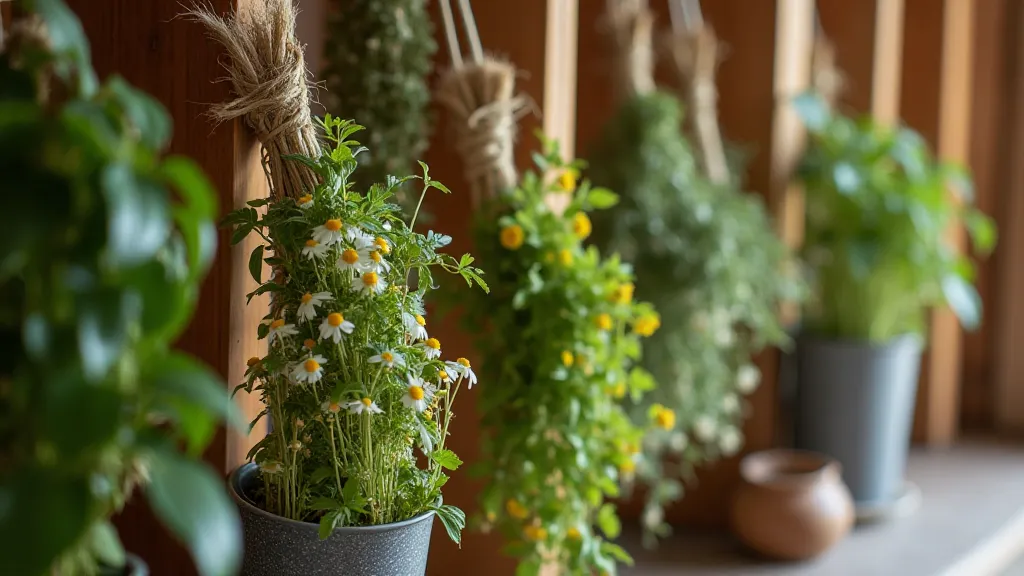
Ultimately, cultivating a pet-friendly herbal garden isn's merely about growing plants; it's about fostering a deeper connection with nature and nurturing the well-being of your beloved companions. It's a craft that rewards patience, observation, and a profound respect for the intricate wisdom of the natural world. As you embark on this journey, remember the shared philosophy of the accordion repairman – a legacy of care, craftsmanship, and an unwavering commitment to restoring beauty and vitality.
